Workers Who Spent Their Careers Cutting Quartz Countertops Are Now Falling Ill
Engineered stone countertops, made from crushed quartz, are increasingly popular in U.S. homes for their aesthetic appeal and heat resistance.
However, they contain high levels of crystalline silica, up to 95%, which poses no risk to consumers but is deadly for workers who cut and shape these materials. The dust generated during the fabrication process can cause silicosis, a severe lung disease that is destroying the lives of many workers.
The Growing Concern Among Health Professionals
CBS News reports that Dr. Jane Fazio, a pulmonary critical care physician at UCLA Medical Center, encounters patients suffering from silicosis “almost weekly.”

Source: Wikimedia Commons
She recounted a particularly sobering case. “Yesterday, I had a patient, he’d had a cough he didn’t really think anything of. And I basically told him that he was gonna need a lung transplant or he was gonna die in the next couple of years.”
The Personal Toll of Silicosis
Dennys Williams, a 36-year-old worker from California, underwent a double lung transplant due to silicosis.

Source: Wikimedia Commons
Despite the surgery, his life expectancy may only extend to his mid-forties. Williams shared, “You live with the pain. It’s an inexplicable pain. I have pain every day.”
Disproportionate Impact on Immigrant Workers
The engineered stone industry predominantly employs immigrant Latino workers, who are now facing the brunt of the silicosis epidemic, CBS News reports. This situation not only endangers their health but also imposes a significant emotional and financial burden on their families.
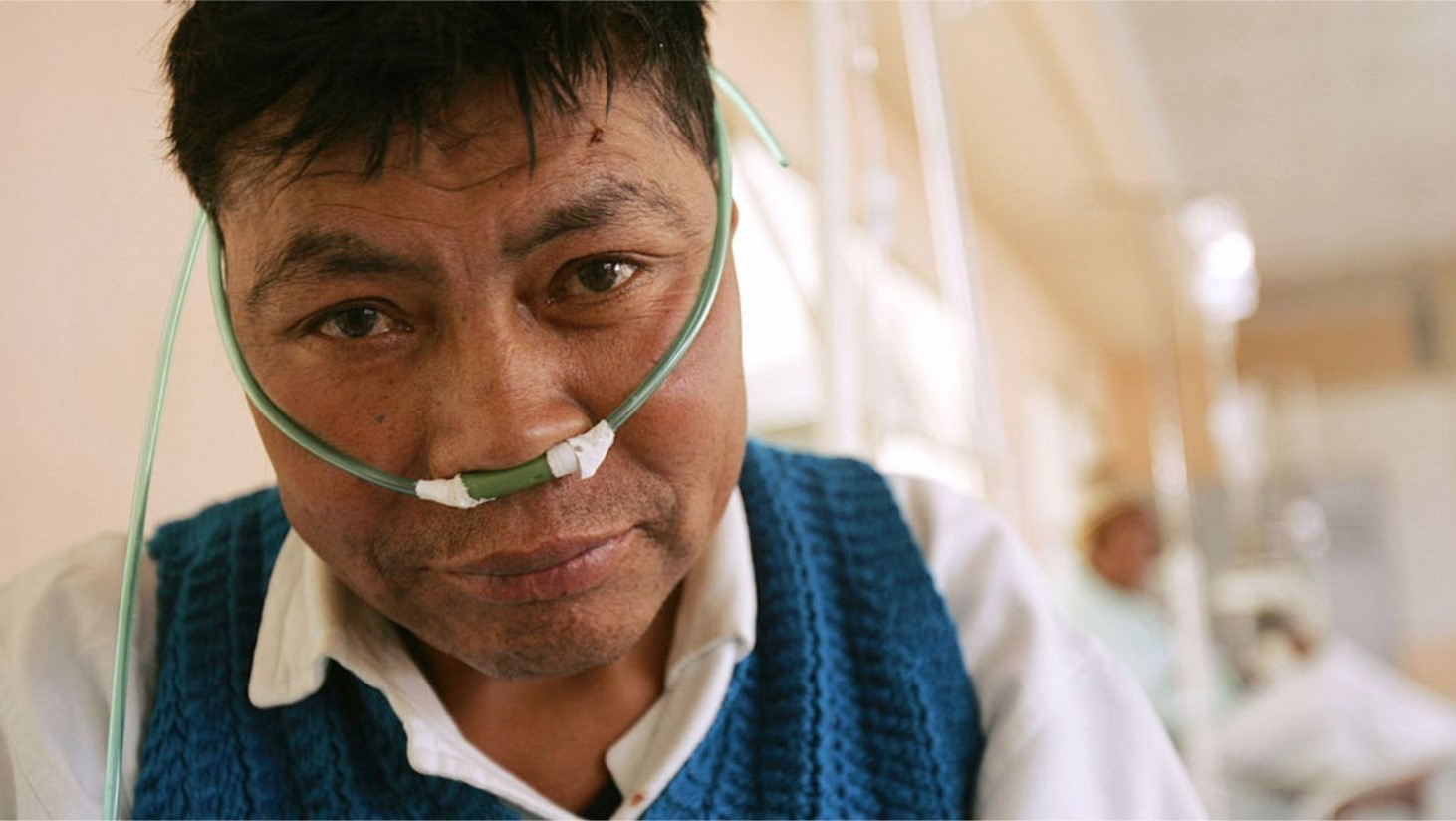
Source: Getty Images
Dr. Fazio expressed her frustration, stating, “This doesn’t need to be happening. Right? This is a completely preventable disease, and it’s killing people that all they want to do is go to work and provide for their families every day. You have the right to go to work and have your work not kill you.”
Legal Actions Against the Industry
Workers affected by silicosis are beginning to file lawsuits against the manufacturers of engineered stone.
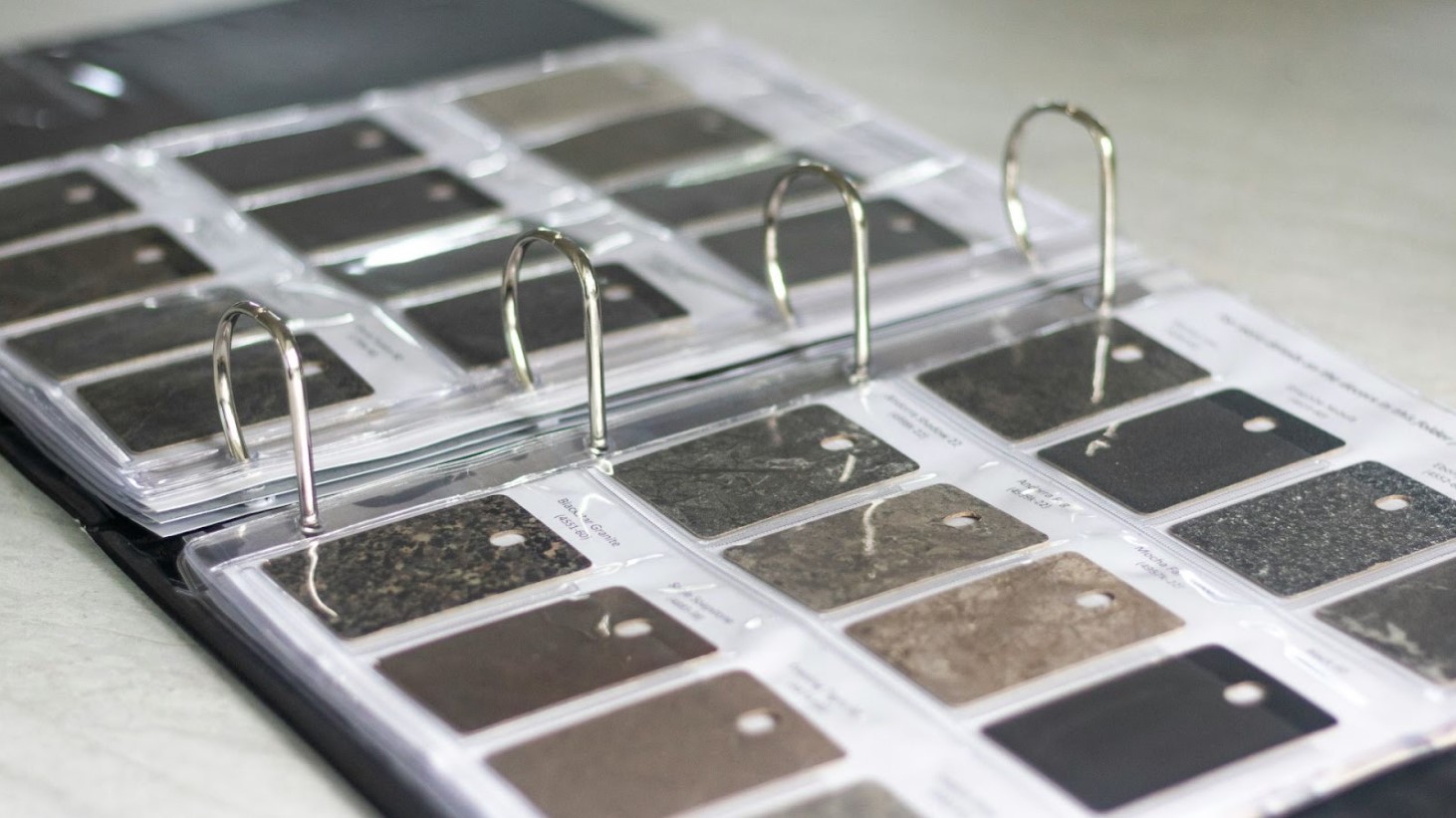
Source: Callum Hill/Unsplash
Their attorney, James Nevin, highlighted the gravity of the situation, saying, “Many of these workers are in their twenties, their thirties, their forties, and they will be dead within a year if they don’t get a lung transplant. The manufacturers knew all that. They knew exactly this [was] what was going to happen.”
Industry's Response to the Crisis
CBS News reports that while the manufacturers have not commented on the lawsuits, industry groups like the Silica Safety Coalition and the Engineered Stone Manufacturers’ Association emphasize that silica dust exposure is “preventable” through compliance with existing safety regulations.
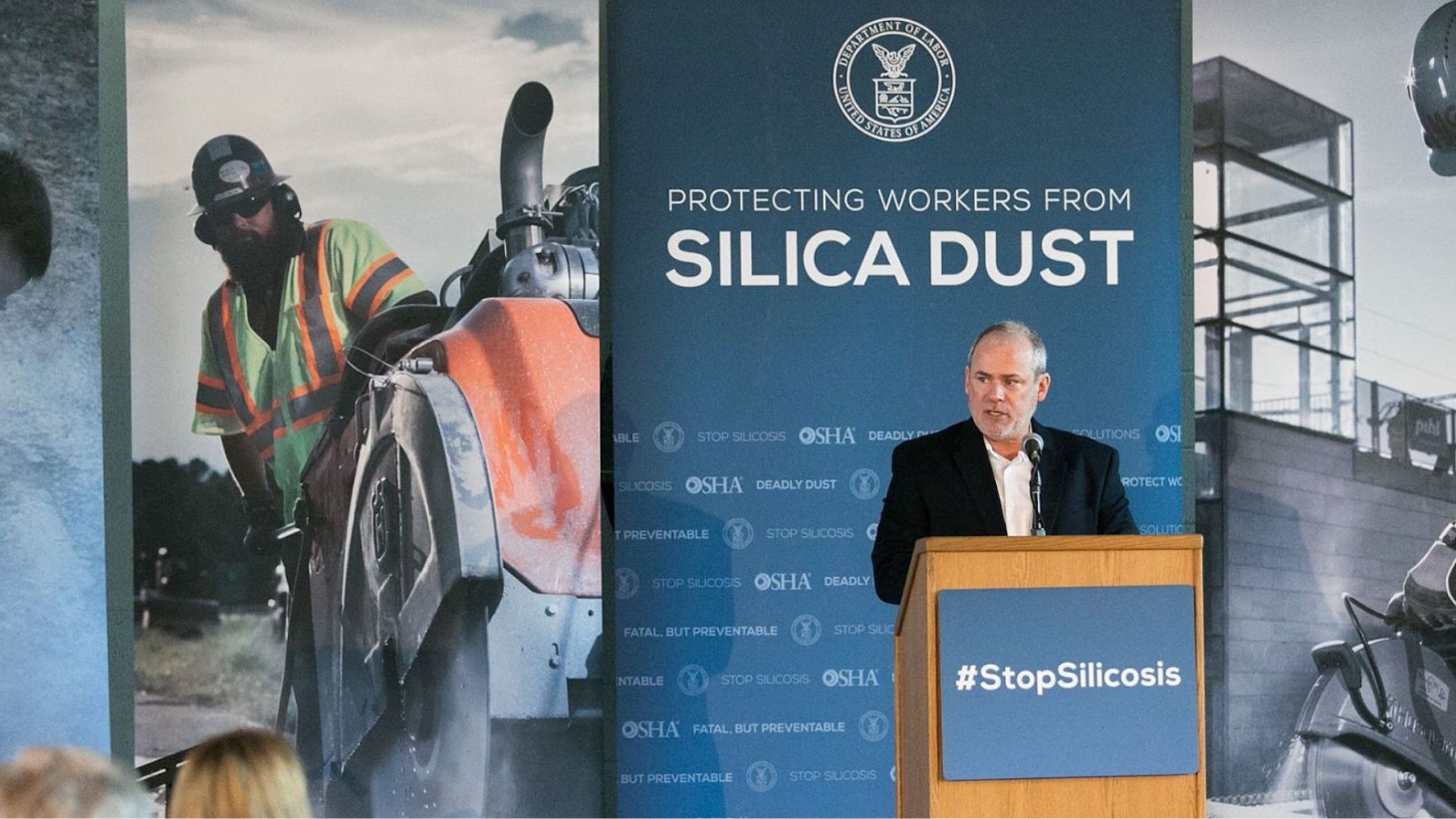
Source: Wikimedia Commons
They argue for the importance of following state and federal OSHA regulations and requirements to protect workers.
Australia's Ban on Engineered Stone
The Guardian reveals that Australia has taken a decisive step by banning engineered stone, citing the industry’s inability to protect workers from silica dust exposure.

Source: Lotus Design N Print/Unsplash
This move has sparked discussions on the safety practices of fabrication shops in the United States and whether products with lower silica content are sufficiently protective for workers. The Australian government’s action raises important questions about workplace safety and the responsibility of manufacturers.
California's Efforts to Protect Workers
CBS News reports that in response to the silicosis crisis, California has implemented temporary emergency regulations and some manufacturers are now offering products with lower silica content. However, the effectiveness of these measures in preventing silicosis remains uncertain.
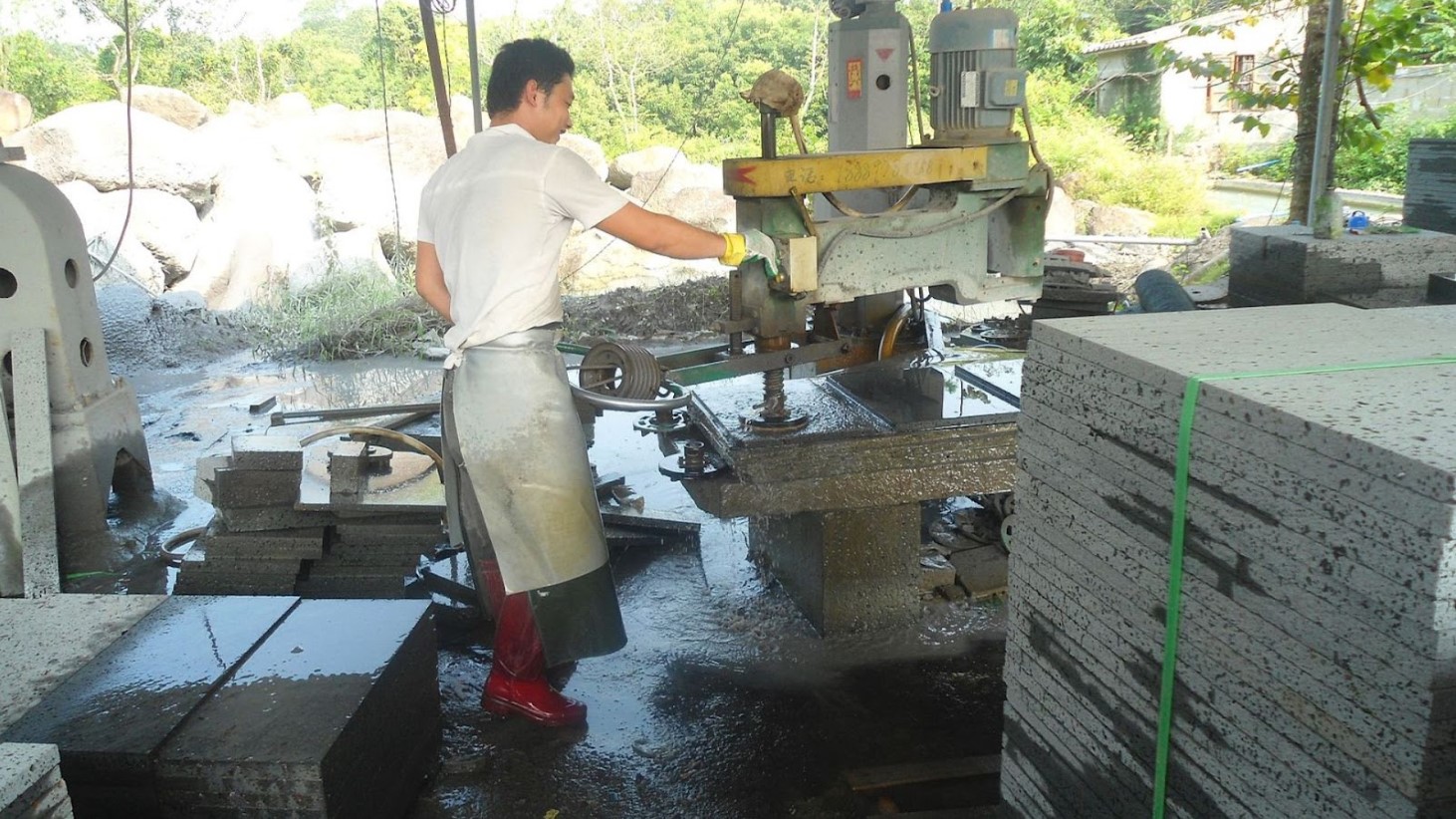
Source: Wikimedia Commons
Joseph Mondragon, a worker in Omaha, Nebraska, stated, “It’s scary just to know that we’re out here making a living and people get sick over some dust that we didn’t really have no knowledge of.”
A Preventable Epidemic
The LA Times reports that in industrial areas like Pacoima, California, workers are exposed to silica dust without adequate protection, leading to a rise in silicosis cases.
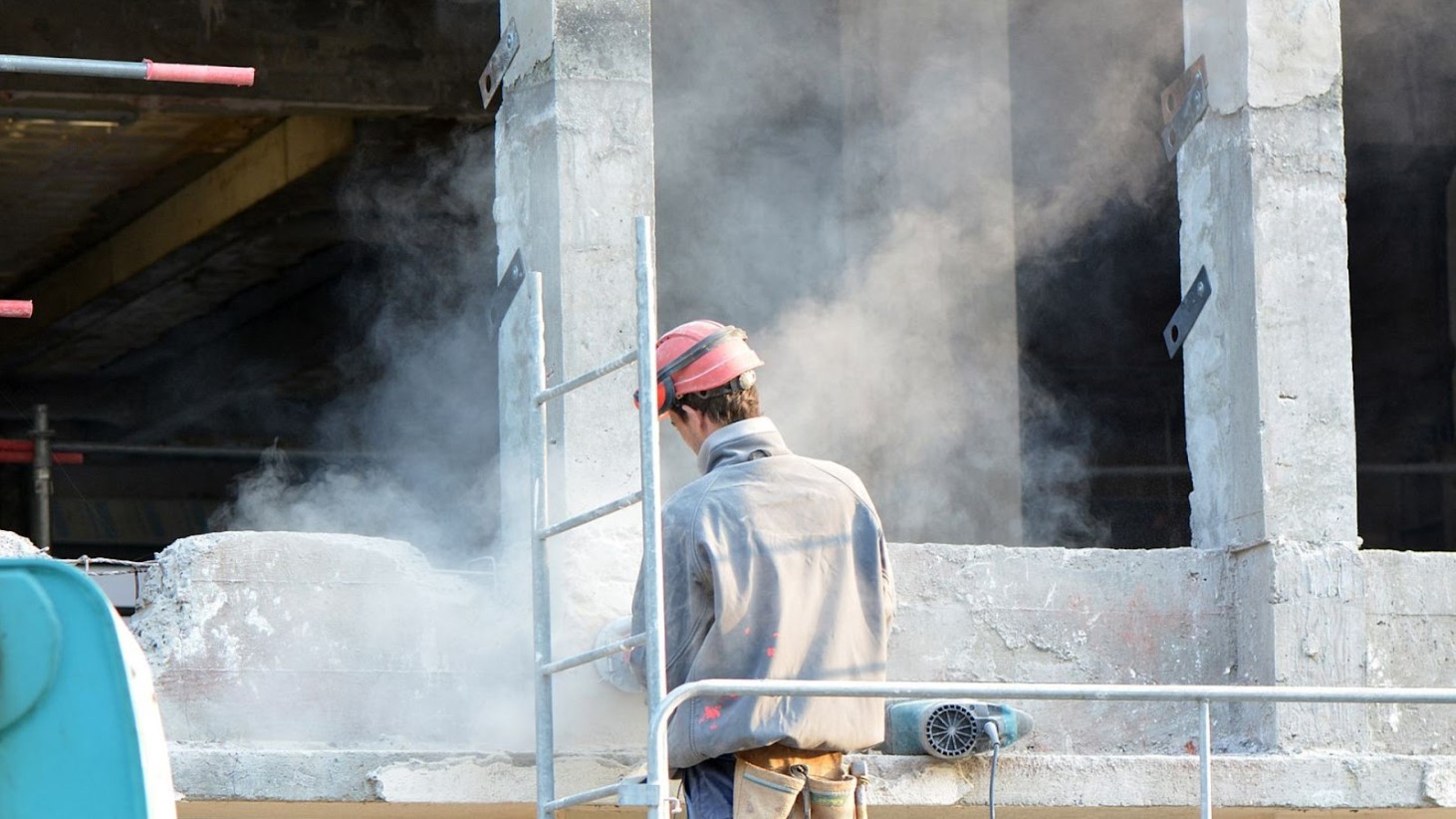
Source: Wikimedia Commons
Community outreach workers like Maria Cabrera are trying to educate workers about the disease and how to protect themselves.
The Changing Face of Silicosis
Traditionally affecting older individuals after decades of exposure, silicosis is now afflicting younger workers, some in their 20s, 30s, and 40s.
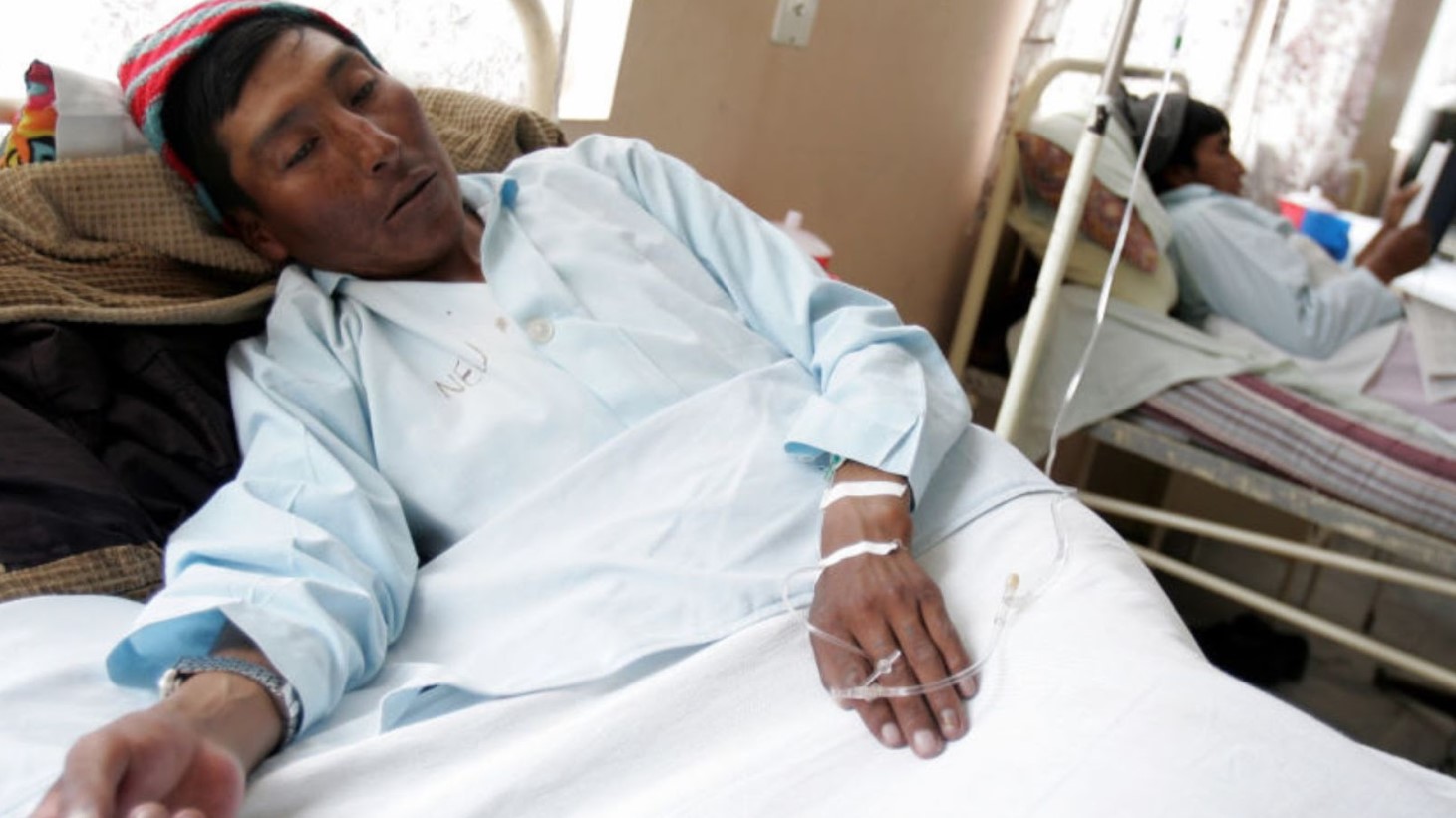
Source: Getty Images
Dr. Jane Fazio said, “They’re young guys who essentially have a terminal diagnosis.”
Outreach and Education Efforts
Organizations like Pacoima Beautiful are conducting outreach to inform workers about silicosis and protective measures, according to The LA Times.
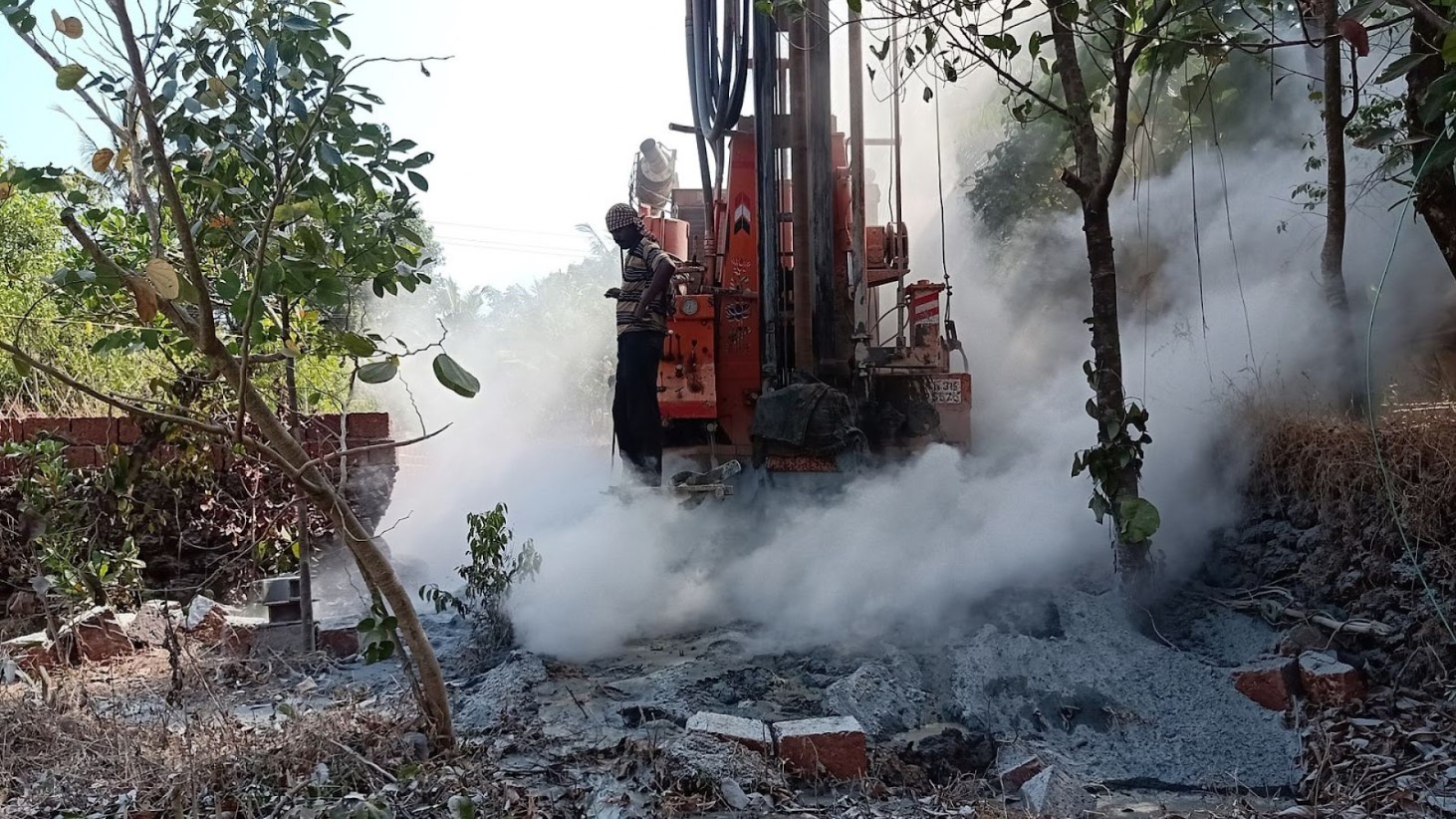
Source: Wikimedia Commons
Despite these efforts, many workers remain unaware of the risks associated with silica dust. The push for education and safer practices is crucial to prevent further cases of this deadly disease.
The Unseen Cost of Engineered Stone Countertops
Despite engineered stone’s popularity, Dr. Jane Fazio points out a critical awareness gap among consumers regarding its production risks.
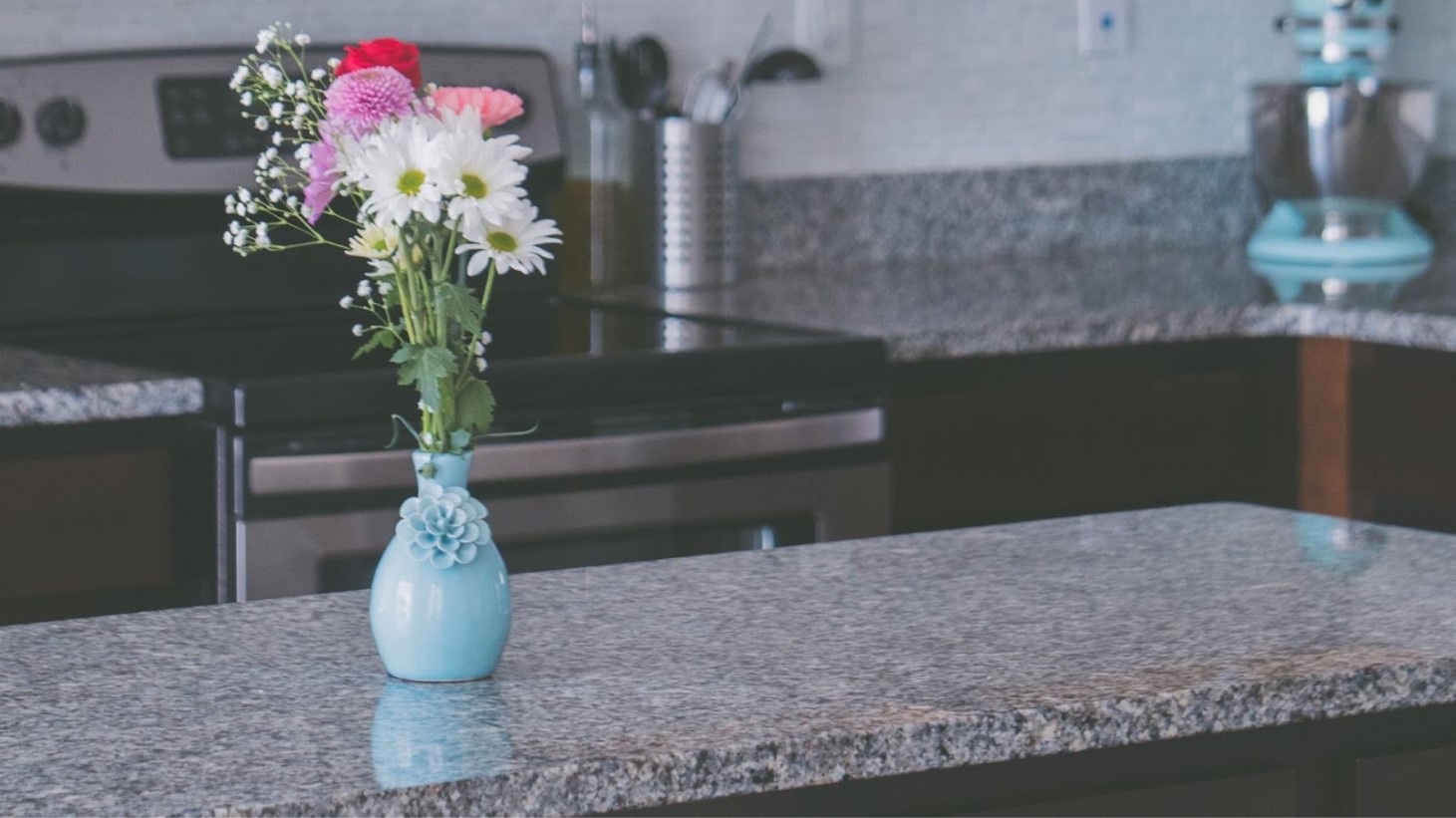
Source: Jessica Lewis thepaintedsquare/Pexels
“Engineered stone is everywhere and people have no idea,” she said, highlighting the ethical implications of such purchases. Fazio emphasizes that consumers “have a right to know that the countertop that might be the cheapest one…may really be costing folks’ lives.”
